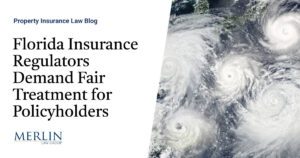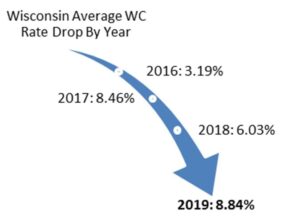How do I get my deductible waived?
How do I get my deductible waived?
How Can I Avoid Paying a Car Insurance Deductible? Choose not to file a claim until you have the money. Check your policy, as you may not have to pay up front. Work out a deal with your mechanic. Get a loan. Mar 11, 2020
What does a 1 000 deductible mean?
If you have a $1,000 deductible on any type of insurance, that means you must spend at least that amount out-of-pocket before your insurance company begins to pick up some of the tab.
Is it better to have a $500 deductible or $1000?
A $1,000 deductible is better than a $500 deductible if you can afford the increased out-of-pocket cost in the event of an accident, because a higher deductible means you’ll pay lower premiums. Choosing an insurance deductible depends on the size of your emergency fund and how much you can afford for monthly premiums. Jan 26, 2022
What is a good out-of-pocket maximum?
2018: $7,350 for an individual; $14,700 for a family. 2019: $7,900 for an individual; $15,800 for a family. 2020: $8,150 for an individual; $16,300 for a family.
Does out-of-pocket maximum include deductible?
How does the out-of-pocket maximum work? The out-of-pocket maximum is the most you could pay for covered medical services and/or prescriptions each year. The out-of-pocket maximum does not include your monthly premiums. It typically includes your deductible, coinsurance and copays, but this can vary by plan.
What are 3 things that could make home insurance go up?
These are the 11 reasons home insurance rates increase. You Filed a Claim. …Your Insurer Covers Too Many Homes in Your Area. …Your Company Paid Out a Lot of Claims. …Inflation. …You Lost Discounts. …You Added a Trampoline or Swimming Pool. …You Made Some Big Home Improvements. …You Have Outdated Electrical, Plumbing, and HVAC Systems. More items… • Oct 8, 2020
Why are older homes more expensive insurance?
Older homes are viewed by homeowners insurance companies as higher-risk than newer homes — they can be fragile, their construction materials may be obsolete, and certain structural components like the roof or plumbing may not be in very good shape — and therefore homeowners insurance premiums for old homes are …
What is not protected by most homeowners insurance?
Termites and insect damage, bird or rodent damage, rust, rot, mold, and general wear and tear are not covered. Damage caused by smog or smoke from industrial or agricultural operations is also not covered. If something is poorly made or has a hidden defect, this is generally excluded and won’t be covered.
What is not covered under homeowners insurance?
What is not covered? Destruction of property willfully. Damages to property due to wear and tear. Loss to property due to war.
What’s another name for homeowners insurance?
Home insurance, also commonly called homeowner’s insurance (often abbreviated in the US real estate industry as HOI), is a type of property insurance that covers a private residence.
What is the 80% rule in insurance?
The 80% rule means that an insurer will only fully cover the cost of damage to a house if the owner has purchased insurance coverage equal to at least 80% of the house’s total replacement value.
Why has my home insurance doubled?
When catastrophes like wildfires, wind or hail are on the rise in your area, it increases the risk to your property, and insurance carriers typically increase rates in tandem. Upticks in damaging weather conditions like hail, wind, tornadoes and hurricanes can also cause a rise in premiums.
How can you lower your insurance bill?
Listed below are other things you can do to lower your insurance costs. Shop around. …Before you buy a car, compare insurance costs. …Ask for higher deductibles. …Reduce coverage on older cars. …Buy your homeowners and auto coverage from the same insurer. …Maintain a good credit record. …Take advantage of low mileage discounts. More items…
Why is home insurance so expensive?
In addition to industry-wide price increases, your home insurance quotes may also be high because of your credit, a home’s age and value, construction type, location, and exposure to catastrophes, among other factors. Dec 7, 2020
How do I find out my deductible?
A deductible can be either a specific dollar amount or a percentage of the total amount of insurance on a policy. The amount is established by the terms of your coverage and can be found on the declarations (or front) page of standard homeowners and auto insurance policies.



